Monday, May 16, 2016, 6:00 – 10:00 pm
Beach BBQ: 6:00 – 8:00 pm, Beachside Sun Decks
Demos: 7:00 – 10:00 pm, Talk Room 1-2, Royal Tern, Snowy Egret, Compass, Spotted Curlew and Jacaranda Hall
Please join us Monday evening for the 14th Annual VSS Dinner and Demo Night, a spectacular night of imaginative demos solicited from VSS members. The demos highlight the important role of visual displays in vision research and education. This year’s Demo Night will be organized and curated by Gideon Caplovitz, University of Nevada, Reno; Arthur Shapiro, American University; Gennady Erlikhman, University of Nevada, Reno and Karen Schloss, Brown University.
Demos are free for all registered VSS attendees and their families and guests. The Beach BBQ is free for attendees, but YOU MUST WEAR YOUR BADGE to receive dinner. Guests and family members must purchase a ticket for the Beach BBQ. You can register your guests at any time at the VSS Registration Desk, located in the Grand Palm Colonnade. A desk will also be set up on the Seabreeze Terrace at 6:30 pm.
Guest Prices: Adults $25, Youth (6-12 years old) $10, Children under 6 are free.
The following demos will be presented from 7:00 to 10:00 pm, in Talk Room 1-2, Royal Tern, Snowy Egret, Compass, Spotted Curlew and Jacaranda Hall:
Action Adaptation Demo
Stephan de la Rosa, Laura Fademrecht, Max Planck Institute for Biological Cybernetics
It is often assumed that visual action recognition is robust and hence the same action is always perceived in the same way. Contrary to this assumption, this demonstration will show that action recognition is malleable and can be transiently changed by the prolonged exposure to an action.
Audiovisual Rabbit Illusion
Monica Li, Noelle Stiles, Shinsuke Shimojo, Caltech
In general, vision dominates perception in the spatial domain, and audition in the temporal. What does one perceive when conflicting stimuli are presented in the spatial and temporal domain? We have found that audition can “postdictively” (i.e. retroactively) produce or suppress a visual flash. Stop by to view the audiovisual illusory and invisible rabbit, as well as the double flash illusion and an augmented color phi phenomenon.
Biological Motion
Andre Gouws, Tim Andrews, Rob Stone, University of York
A real-time demonstration of biological motion. Walk, jump, dance in front of the sensor and your actions are turned into a point light display, Using an X-box Kinect sensor and our free software, you can produce this effect for yourself.
Blink-Induced-Blindness During Multiple Object Tracking
Deborah J. Aks, Zenon Pylyshyn, Rutgers University; Jiye Shen, SR Research Ltd.
Your eye-blinks will trigger changes during multiple-object-tracking. Can you distinguish whether objects halt or continue to move during eye-blinks, or which objects have changed surface properties? Perceptual suppression may render you less aware than you might expect.
Contour Camouflage
Zhiheng Zhou, Lars Strother, University of Nevada, Reno
We show three types of perceptual hysteresis in which a contour either appears or disappears. First, a camouflaged contour becomes visible as the density of a background becomes insufficiently dense to maintain camouflage. Second, a contour becomes invisible as the density of a camouflaging background becomes sufficiently dense to conceal the contour. Third, a contour becomes visible against a camouflaging background and remains visible for up to several seconds and eventually fades. Interestingly, the smoothness of the contour modulates the duration of visibility or camouflage similarly in all three cases.
Co-Presence Experience with Wide Area Tracked System
Matthias Pusch, WorldViz
An interactive Virtual Reality experience will be shown in a large area tracked space.
The system will utilize Oculus hardware for one participant and HTV VIVE hardware for the other participant. The participants will be able to see representations of each other in the Virtual Space, experience interactivity and collaboration and will even be able to give each other a virtual ‘high five’, which will match the real reality ‘high five’.
Estimating Human Colour Sensors from Simple Colour Ranking
Dr. Maryam Darrodi, University of East Anglia
Let’s find out how your cones respond to a certain colour category say red. The task is to simply rank some colour pairs in terms of redness. Through “Rank-Based Spectral Estimation” technique the result will be a transformation from your cone spectral sensitivities to the hypothetical internal representations of red.
The Ever-Popular Beuchet Chair
Peter Thompson, Rob Stone, Tim Andrews, University of York
A favorite at demo Night for the past few years, the Beuchet chair is back with yet another modification. The two parts of the chair are at different distances and the visual system fails to apply size constancy appropriately. The result is people can be shrunk or made giants.
Eye Movement Induced Apparent Movement
Frédéric Gosselin, Université de Montréal
While you eye track the tip of a moving pencil, sparse bright dots flashed periodically appear to move in the direction opposite to that of the pencil at a speed inversely proportional to the flash rate.
Illusory Drifting Within a Window
Stuart Anstis, University of California San Diego; Sae Kaneko, Tohoku University
When a striped disk moves across a flickering background, the stripes paradoxically seem to move faster than the disk itself. We attribute this illusion to reverse-phi motion, which slows down the disk rim but does not affect the stripes.
An Inconsistency Between Different Ways of Matching Seen and Felt Positions
Eli Brenner, Cristina de la Malla, Irene Kuling, Vrije Universiteit Amsterdam
If you try to move your hidden right hand to a visible target you will end up slightly off the target. The same will happen if you do this with your left hand. Will the two hands feel aligned after they have both been matched to the same visual target?
The Money Business Illusion
Anthony Barnhart, Carthage College
The Money Business Illusion demonstrates how time-tested techniques from the theatre can be fused with standard psychophysical tasks from the laboratory to create ecologically valid stimuli for empirical research in attention and perception.
Motion Aftereffects and Grating Induction in a Blank Field
Christopher Tyler, Smith Kettlewell Eye Research Institute
Motion aftereffects are generally understood to require a patterned test field for their induction. Following fixation an induction field of eccentricity-scaled moving bands, however, this demo exhibits strong bands of motion in a blank test field, perhaps thus corresponding to Wertheimer’s (1912) concept of “pure phi”.
Orbiting Black/White Rays Produce an ‘Illusory’ Grey Disk
Sae Kaneko, Tohoku University; Stuart Anstis, Neal Dykmans, University of California San Diego; Patrick Cavanagh, Dartmouth College; Mark Mitton, Magician
A black and white sectored pattern is moved in a circular orbit at 3—4Hz, without rotating. Result: an illusory smaller uniform gray disk centred within the sectored pattern, with diameter about equal to the orbit. Disk looks larger during dark adaptation. Explanation: Time averaging plus motion deblurring.
Perceived 3D Shape Toggles Perceived Glow
Minjung Kim, New York University, York University; Laurie M. Wilcox, Richard F. Murray, York University
What makes an object appear to emit light, or glow? We show that perceived 3D shape is critical to the appearance of glow, and that we can toggle the perceived glow on and off when motion or binocular disparity information is used to invert a surface’s perceived 3D shape.
Point-Light Motion Materials: Shattering and Splattering, Can You Guess the Substance?
Alexandra C. Schmid, Katja Doerschner, University of Giessen
Image motion in point-light walkers provides a powerful cue to biological motion. We will present simulations of point-light materials that shatter, splatter, squish, tear and flop. Can you guess what substance each object is made of? When the optical properties of the materials are revealed, find out how they interact with motion cues to alter your perception of each substance.
Real-Time Removal of Low-Spatial-Frequency Content
Laysa Hedjar, Erica Dixon, Arthur Shapiro, American University
We remove low spatial frequency content from a video camera’s real time feed. The resultant image can account for many brightness illusions and shows invariance to changes in the color of the global illumination.
Reversing Active Visual Experience: Vivid Perception During Saccades
Martin Rolfs, Humboldt Universität zu Berlin; Eric Castet, CNRS & Aix-Marseille University; Sven Ohl, Humboldt Universität zu Berlin
Active vision relies on information reaching the eyes during fixation. Motion, blur, and temporal gaps introduced by saccadic eye movements escape our experience. Using a high-speed projection system, we will induce vivid motion perception during saccades—revealing the gaps between fixations—and explore factors that disguise it in normal vision.
Self-Luminosity Perception in a Reverspective
Alan Gilchrist, Rutgers Newark
Use of a 3D canvas, as in the delightful “reverspective” paintings of Patrick Hughes, allows a larger luminance range than normal, because different facets of the canvas receive different amounts of illumination. Viewed monocularly the observer sees a hallway (concave) with a white ceiling and glowing ceiling lights. Seen with two eyes, the display is convex, lit from above, the “ceiling” is black, and the “lights” are merely white trapezoids.
SMI Demonstrates Eye Tracking for Immersive Perception Research Based on Samsung Gear VR Headset
Lisa Richardson, SensoMotoric Instruments, Inc.
SensoMotoric Instruments (SMI) will demonstrate their proven Eye Tracking HMD technology for immersive perception research. The new product, based on a Samsung GearVR headset, supports instant live observation of eye movements in the virtual scene and brings undeniable benefits to spatial cognition research and similar projects.
Stimulus Induced Nystagmus and Dynamic Pupil Demonstrations
Greg Perryman, Kurt Debono, SR Research Ltd.
Experience immediate feedback based on your pupil-size as you observe simple stimuli or undertake a simple cognitive load task. In another demonstration, experience nystagmus eye-movements generated from a moving sin-wave grating.
The Stolen Voice Illusion
David Brang, Satoru Suzuki, Marcia Grabowecky, Northwestern University
Male and female faces articulating phonemes are presented sequentially with increasing delay. Although speakers’ voices are always mismatched (e.g., male-face/female-voice), individuals fail to notice the gender-mismatch even at delays of ~500 ms. This novel illusion reveals that visual identity information overrides auditory temporal cues about when a voice is heard.
StroboPong
Brought to you by VSS and the Demo Night Committee
Back by popular demand. Strobe lights and ping pong!
Suppression of Saccadic Suppression
Peter April, Jean-Francois Hamelin, Stephanie-Ann Seguin, Danny Michaud, VPIXX Technologies
This demo uses the PROPixx high refresh rate DLP projector to show stimuli which are invisible during your fixations, and which magically appear only during your saccades.
The Synoptic Art Experience
Maarten Wijntjes, Fan Zhang, Delft University of Technology
The synopter gives both eyes similar perspectives, thus annihilating binocular disparities and removing the flatness cue of the picture surface. We found that it is very interesting an enjoyable to specifically use the synopter for viewing artworks. You will be able to synoptically view a large variety of paintings.
Thatcherize Your Face
Andre Gouws, Peter Thompson, University of York
The Margaret Thatcher illusion is one of the best-loved perceptual phenomena. Here you will have the opportunity to see yourself ‘thatcherized’ in real time and we print you a copy of the image to take away.
Vision Scientists Still Love Drifting Gabors
Matthew Harrison, Gennady Erlikhman, Gideon Caplovitz, University of Nevada, Reno
Building off our demonstration from last year, we present several novel configurations of drifting Gabors that result in surprising global motion percepts.

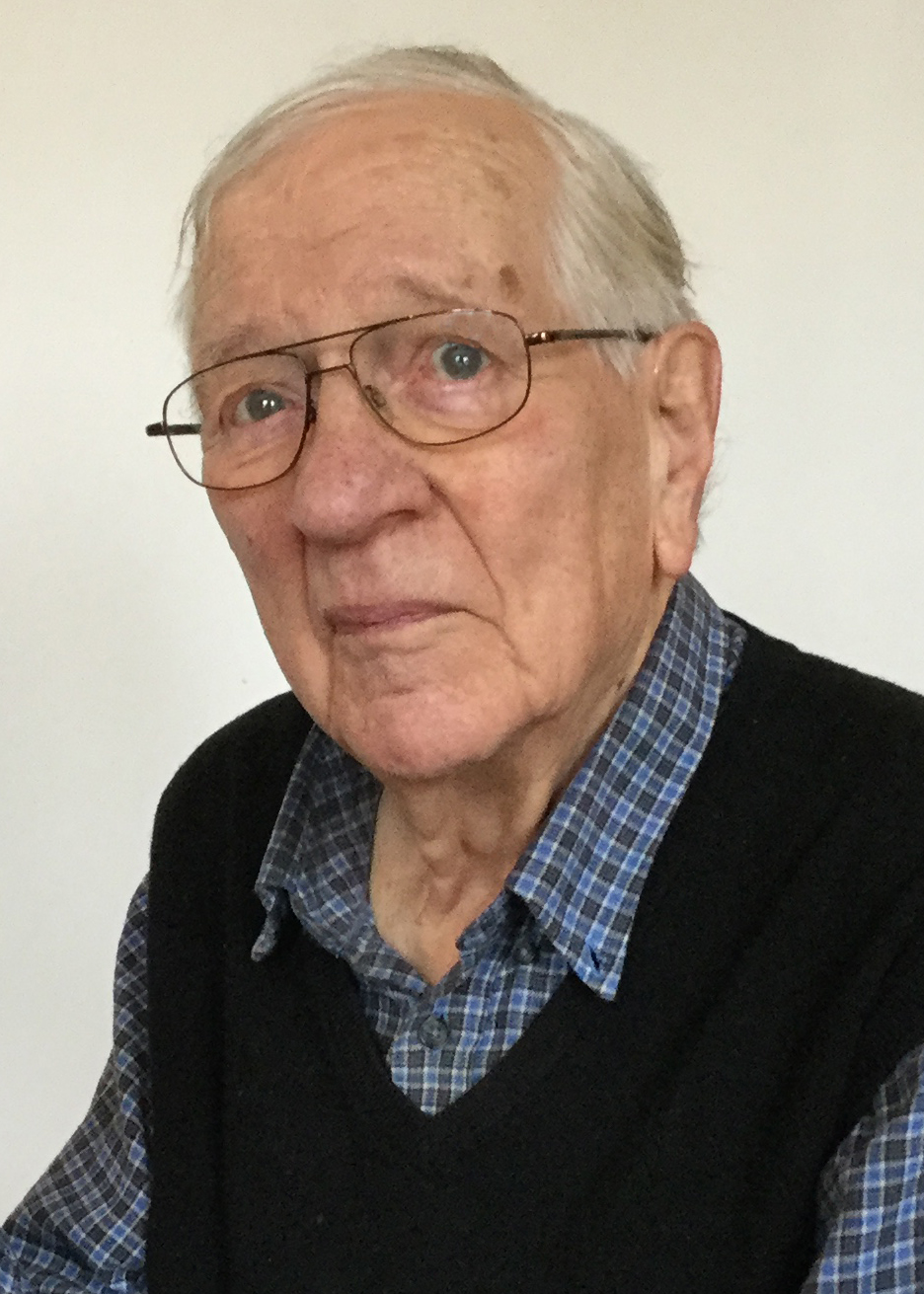
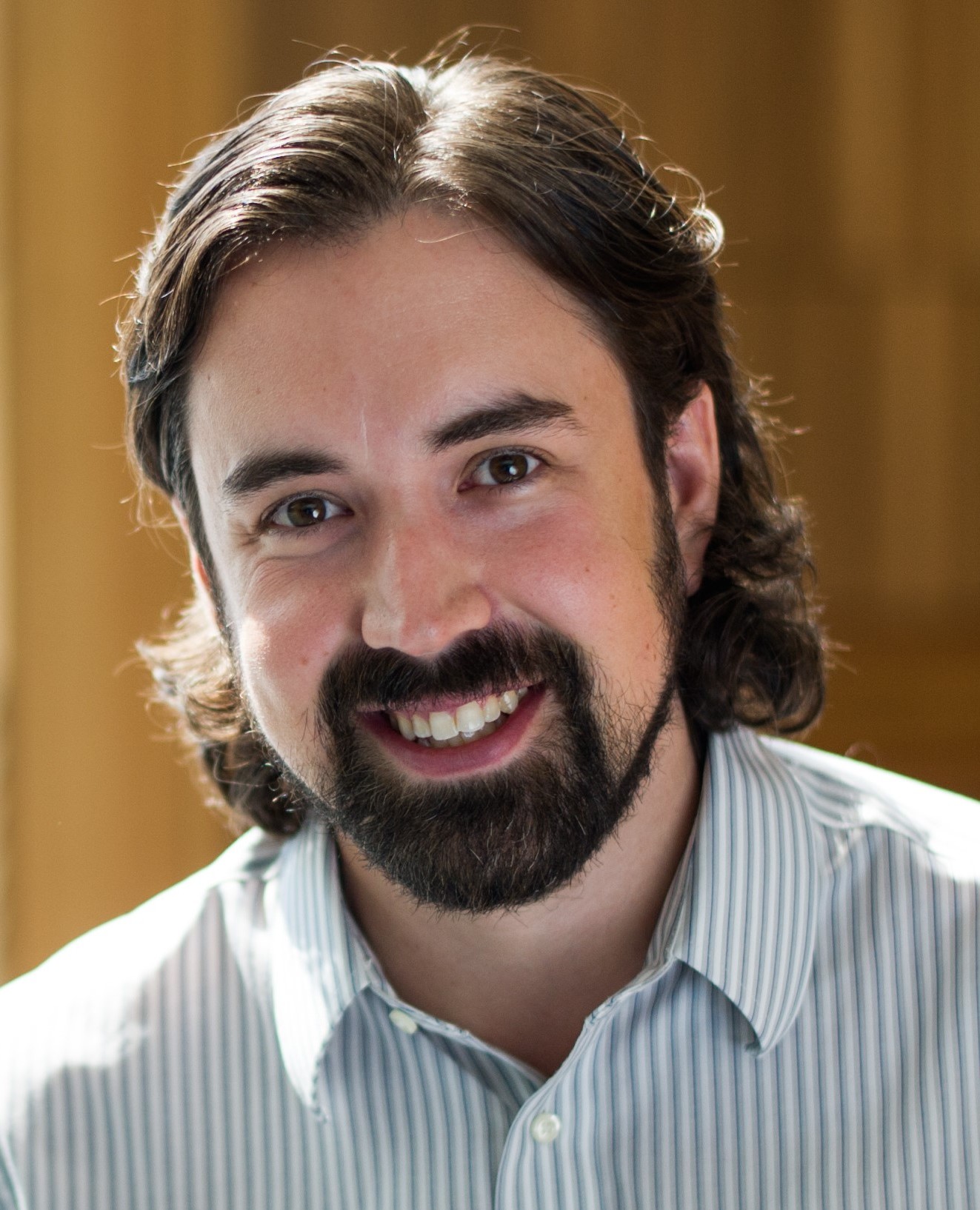
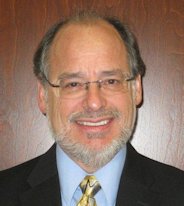 Michael Steinmetz
Michael Steinmetz Todd Horowitz
Todd Horowitz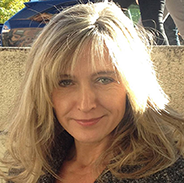 Aude Oliva
Aude Oliva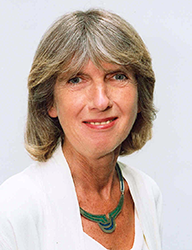 Janette Atkinson is a worldwide leader in research on human visual development. She has made major advances in an extraordinarily wide range of basic and clinical areas, collaborating throughout her career, with vision scientists, ophthalmologists, optometrists and pediatric neurologists. Her impact on the field has been immense, both directly through innovative research, and indirectly through her mentorship and personal support to her students and collaborators.
Janette Atkinson is a worldwide leader in research on human visual development. She has made major advances in an extraordinarily wide range of basic and clinical areas, collaborating throughout her career, with vision scientists, ophthalmologists, optometrists and pediatric neurologists. Her impact on the field has been immense, both directly through innovative research, and indirectly through her mentorship and personal support to her students and collaborators.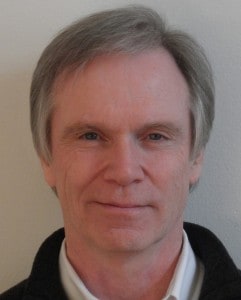 Patrick Cavanagh is the head of the Centre of Attention and Vision at the Université Paris Descartes and a Distinguished Research Professor at Dartmouth College. He received a undergraduate degree in Electrical Engineering from McGill University in 1968 and a PhD in Cognitive Psychology from Carnegie-Mellon University in 1972. He taught at the Université de Montréal from 1972 to 1989 and then at Harvard University from 1989 to 2008. Current projects study the roles of visual attention in selecting and creating visual representations, and the properties and strategies of visual attention in normal and brain damaged subjects. He has also explored the contribution of various features such as shadow, color, motion, and texture to representations of visual form and these experiments led to his interest in art as a source of data for neuroscience.
Patrick Cavanagh is the head of the Centre of Attention and Vision at the Université Paris Descartes and a Distinguished Research Professor at Dartmouth College. He received a undergraduate degree in Electrical Engineering from McGill University in 1968 and a PhD in Cognitive Psychology from Carnegie-Mellon University in 1972. He taught at the Université de Montréal from 1972 to 1989 and then at Harvard University from 1989 to 2008. Current projects study the roles of visual attention in selecting and creating visual representations, and the properties and strategies of visual attention in normal and brain damaged subjects. He has also explored the contribution of various features such as shadow, color, motion, and texture to representations of visual form and these experiments led to his interest in art as a source of data for neuroscience.
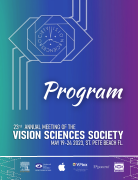
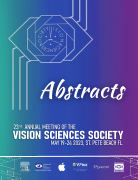
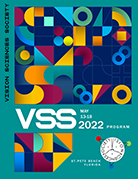

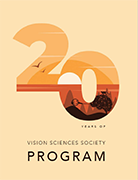
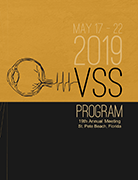
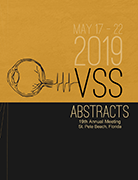
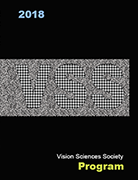
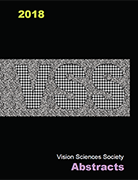
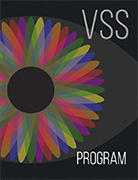
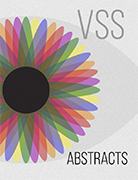
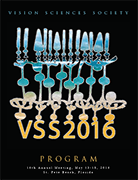
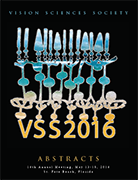
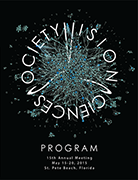
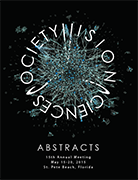
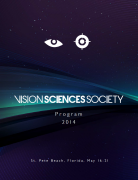
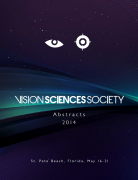
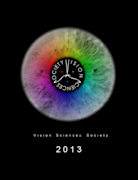
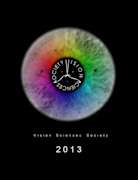
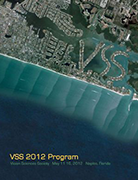
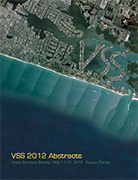
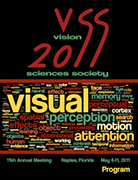
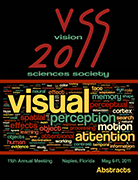
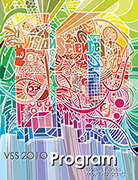
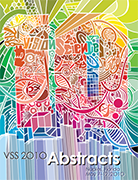
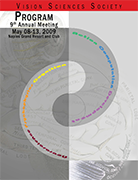
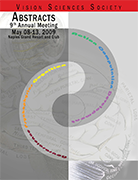
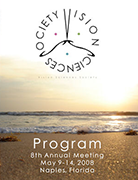
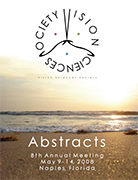
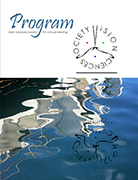
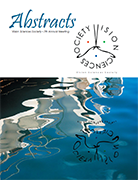
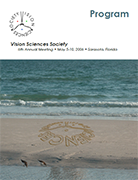
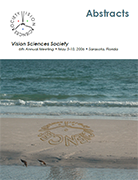
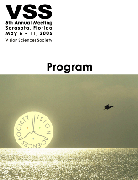
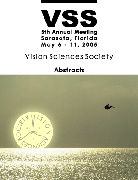
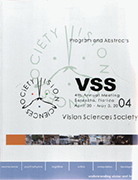
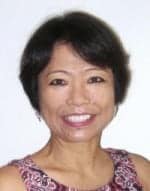 Eriko Self
Eriko Self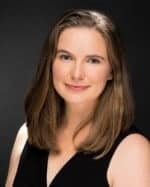 Katherine Moore
Katherine Moore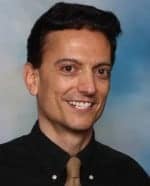 Nestor Matthews
Nestor Matthews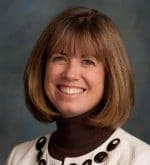 Cathy Reed
Cathy Reed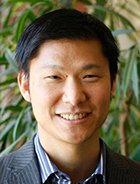 Frank Tong
Frank Tong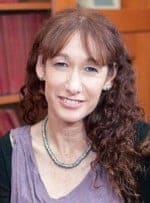 Kalanit Grill-Spector
Kalanit Grill-Spector Nick Turk-Browne
Nick Turk-Browne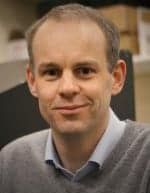 Andrew Welchman
Andrew Welchman 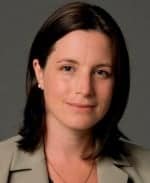 Ione Fine
Ione Fine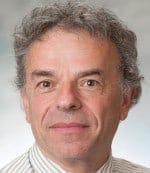 Jeremy Wolfe
Jeremy Wolfe